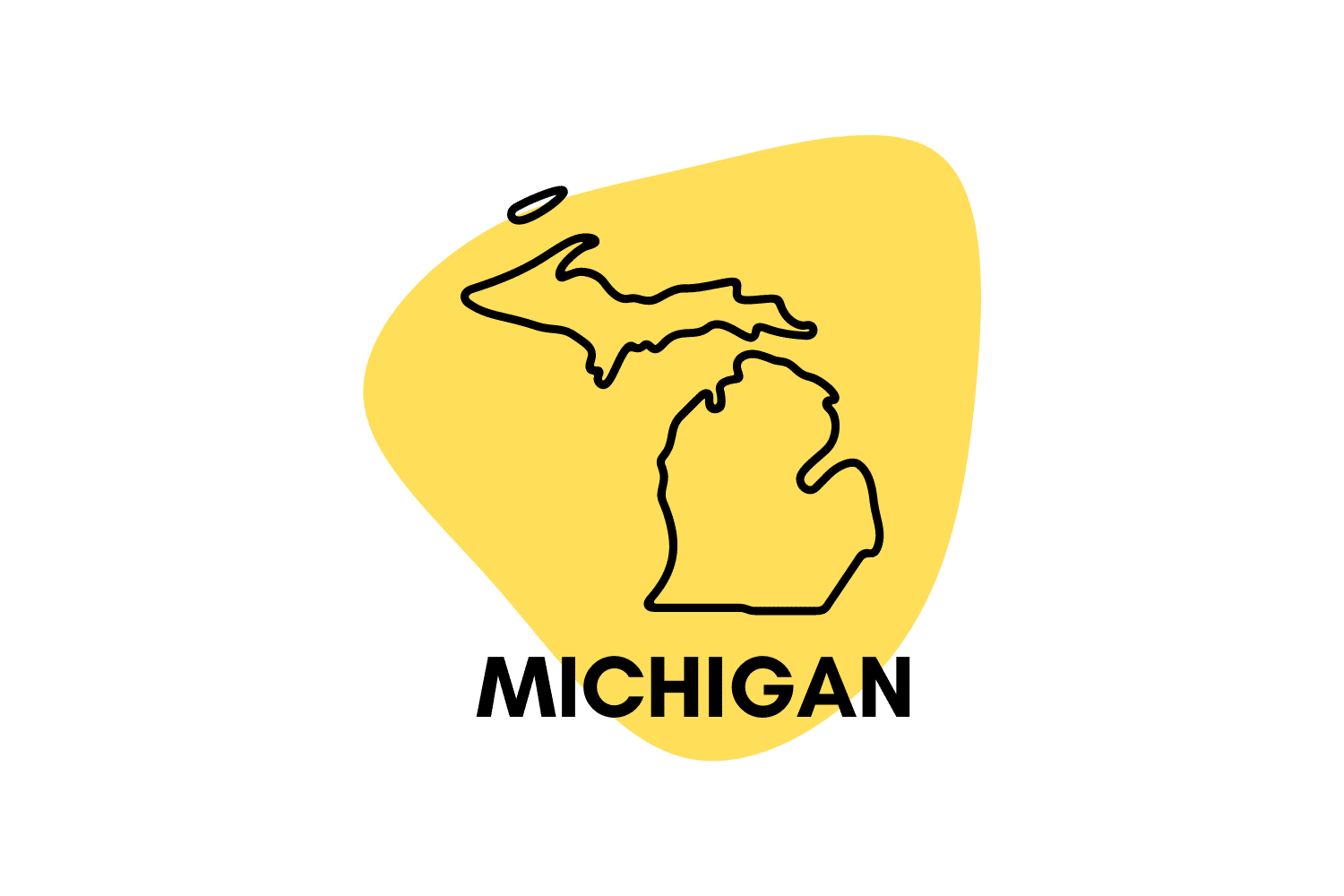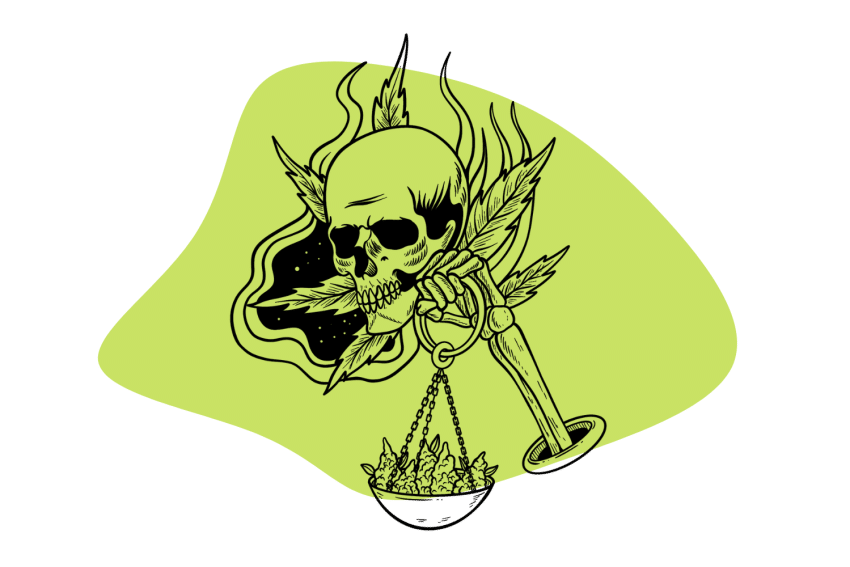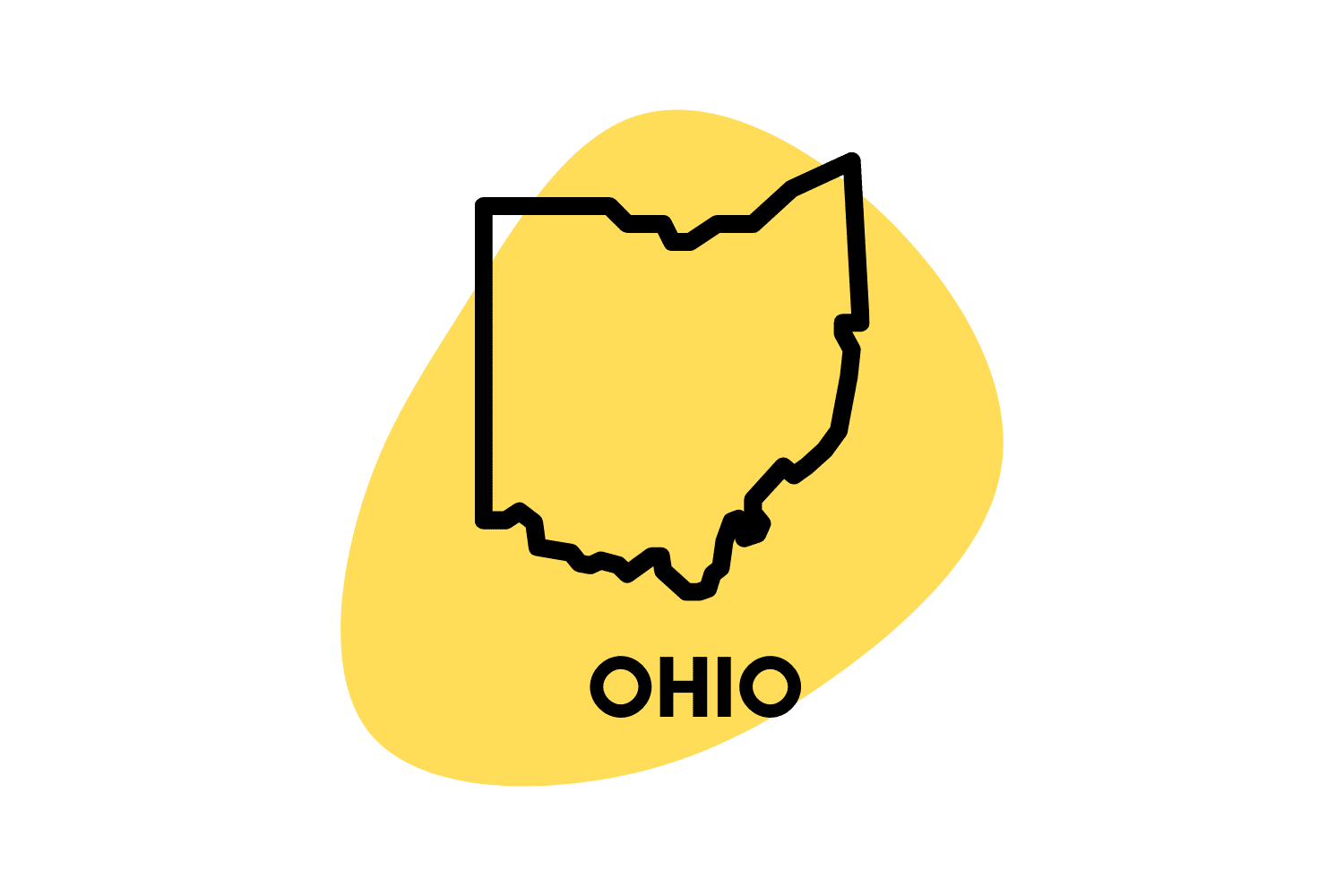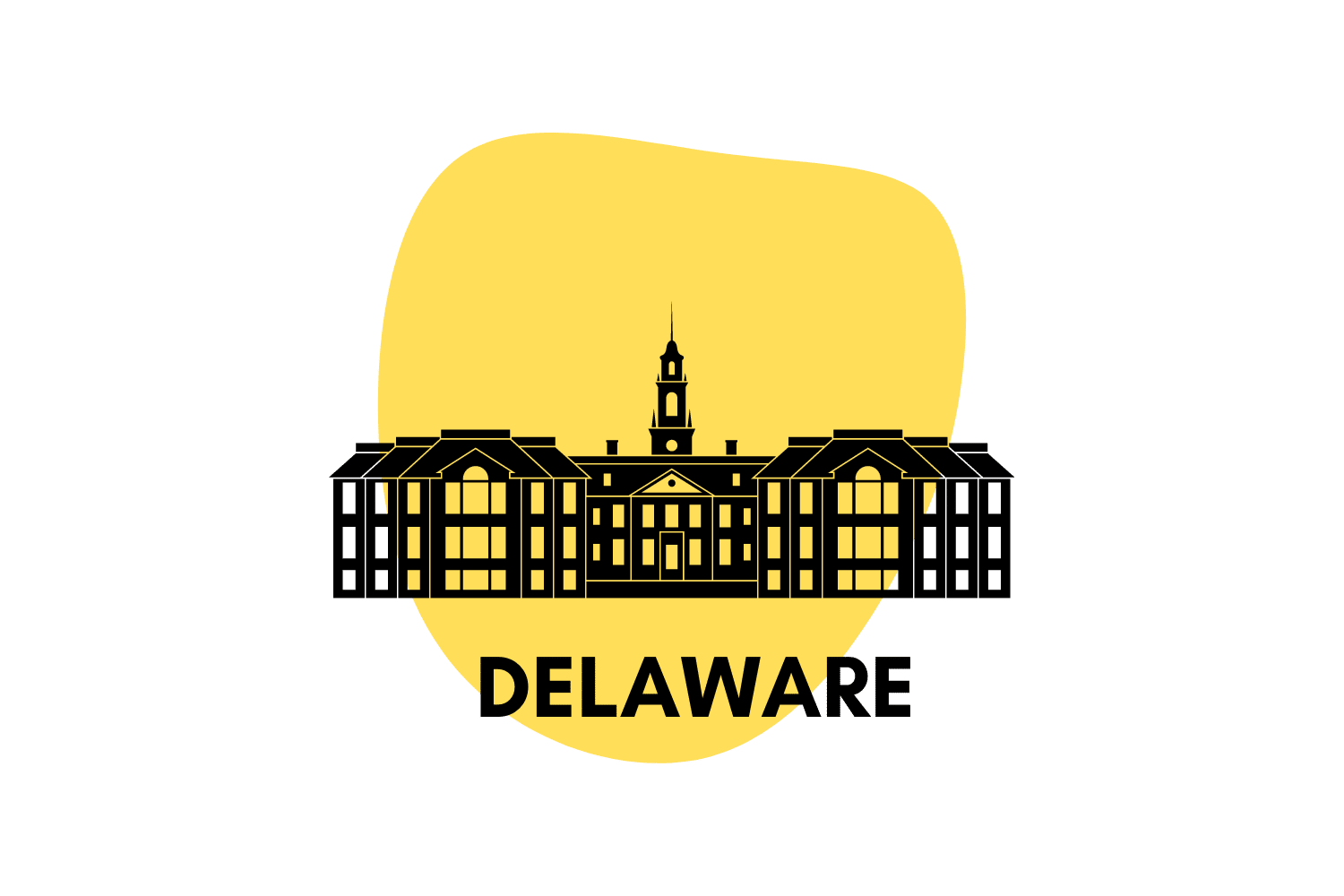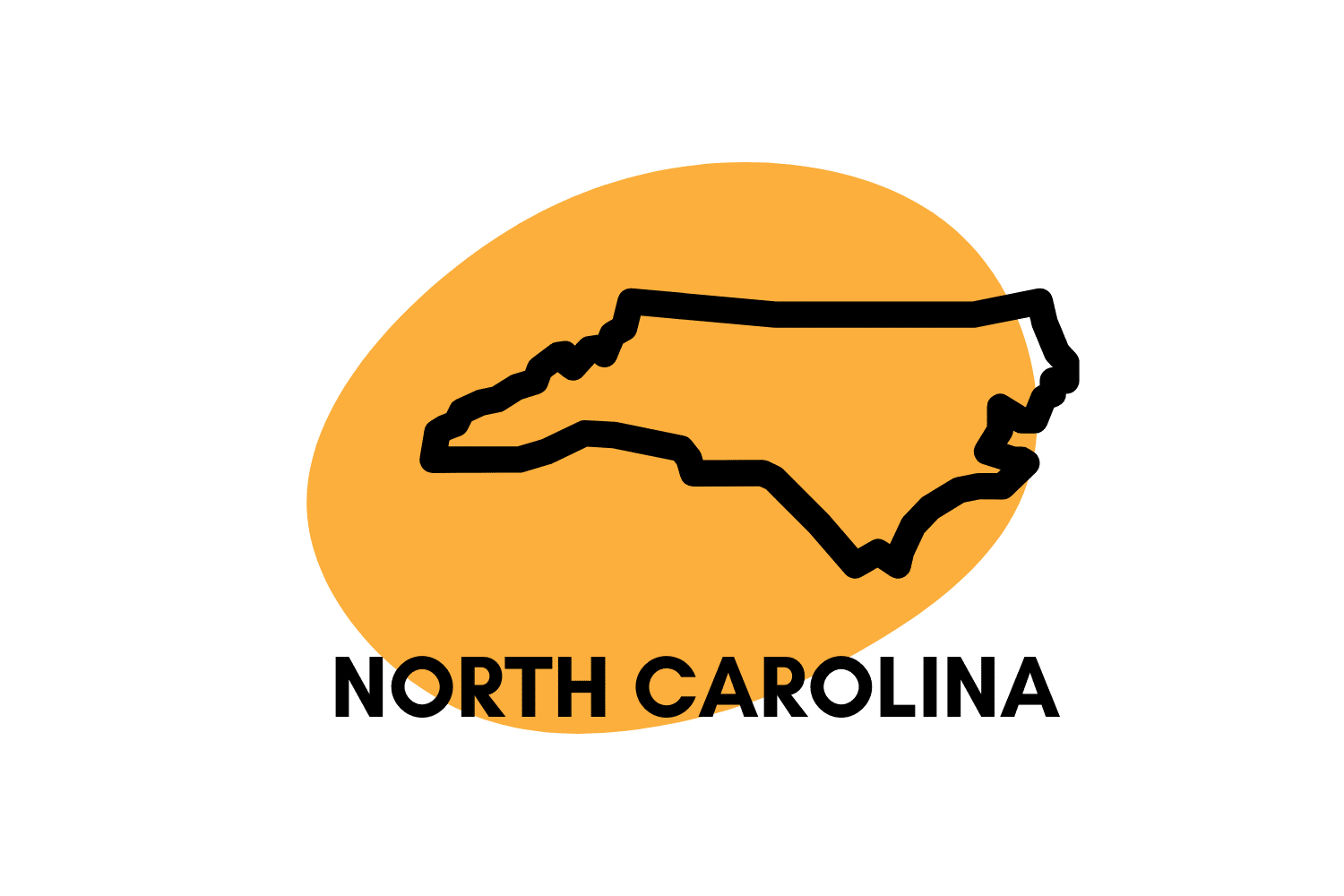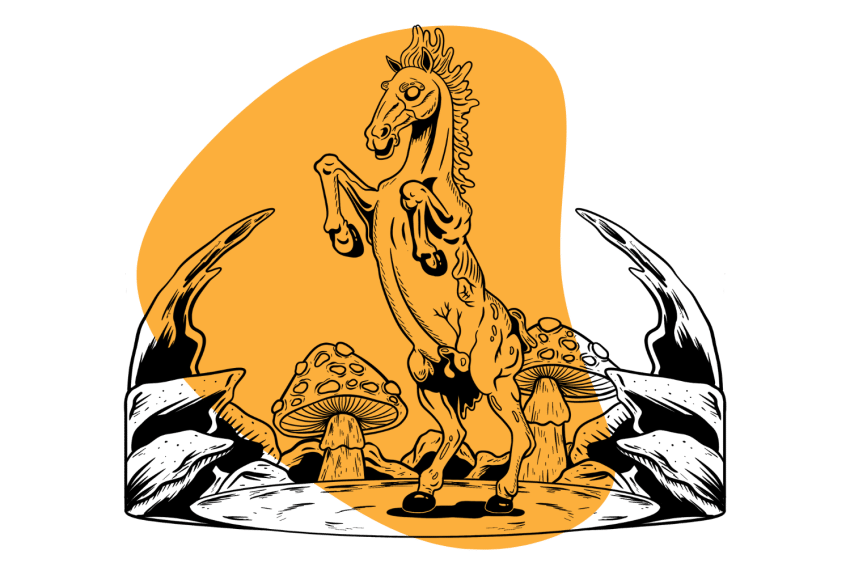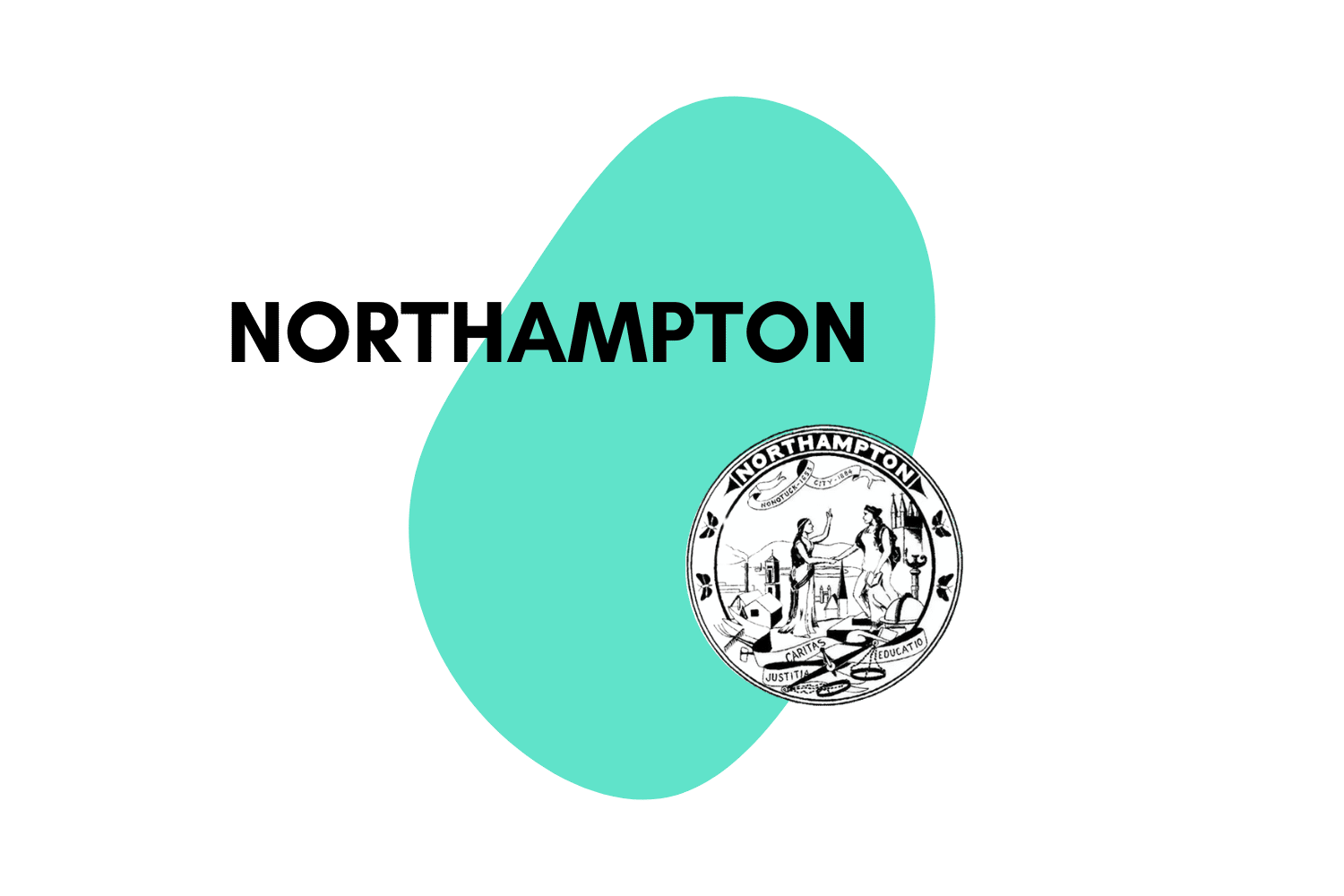Oklahoma: The ‘Wild West of Weed’ is Shaking Up American Drug Policy
In a surprising turn of events, Oklahoma is poised to become the cannabis capital of America.
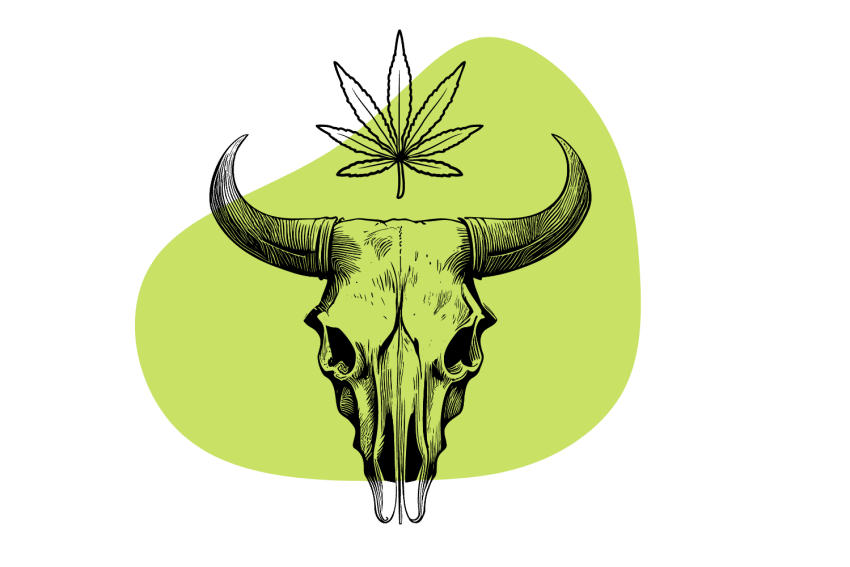
In March of 2023, Oklahoma will vote on Oklahoma State Question 820 — addressing whether to join the other 18 states (plus the District of Columbia) in allowing adult-use cannabis. Adding to the importance of taking that step forward, Oklahoma is a staunchly conservative state — and they have a history of being so for quite some time.
Since legalizing marijuana for medical use in 2018, Oklahoma has shaken up the perception of republicans and weed. One of the most conservative states, this change represents potentially huge implications for marijuana on a national scale.
The legalization and (light) regulation of weed should appeal to conservative values — namely, self-regulation, small government, and individual states’ rights. Obviously, that has not typically been the case.
Only Oklahoma seems to showcase this traditionally republican mentality regarding weed. As a result, they have garnered a reputation in the industry, leading to an explosion of licenses and dispensaries since the law took effect.
Some have even taken to calling Oklahoma “The Wild West of Weed.” Is that a nickname they’ve earned or one that is erroneously placed on them?
Let’s take some time to look at the legal landscape of Oklahoma, where it fits into the nation as a whole, and what this impending legislation means for its citizens.

The Current Legal Landscape of Oklahoma
Oklahomans voted to allow medical marijuana prescriptions for patients back in 2018. Citizen-led initiatives are a part of the legal framework of Oklahoma, putting the movement forward in the hands of the residents.
This has resulted in a massive surge of production and growth facilities in the state.
As it currently stands, Oklahoma has more licensed growers than California (9,227 vs. California’s 8,474.) That’s even though California already allows recreational use and has done so for many years.
So why is it that Oklahoma is a bastion for marijuana businesses?
What Makes Oklahoma the ‘Wild West of Weed?’
When Oklahoma opened up the floodgates to medical marijuana licenses, it didn’t follow the typical rulebook of other states. For starters, they announced that there would be no limits on the number of licenses they would give out.
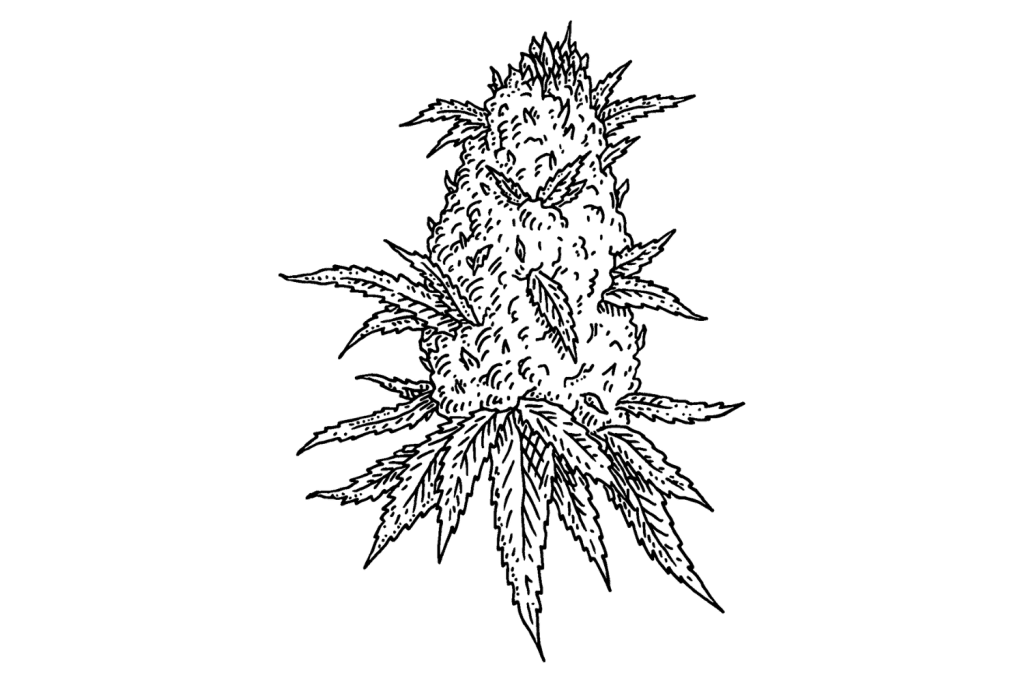
In contrast, states often start with extremely restrictive numbers to make sure that they can monitor them closely as the program gets up and running. When it comes to Oklahoma, the sheer volume of growers that have come to the state since 2018 makes it difficult to police in a meaningful way.
It can be relatively easy for growers to get set up – not to mention inexpensive. For comparison, the application and license fee for a grower in California can cost upwards of $80k, depending on the size.
Oklahoma, on the other hand, has a flat rate of $2,500.
Cannabis Growing Restrictions in Oklahoma
The main factor contributing to the overwhelming number of licensed growers in Oklahoma is the lack of restrictions on growing. Unlike many states which limit sizes — or at least charge more for larger operations — Oklahoma has no such restrictions.
It is possible to purchase as much land as you would like to use for cannabis cultivation and to get up and running for the same rate no matter what. That is NOT something that is typically found in other legal states.
This, mixed with the low cost of land in Oklahoma, is leading to a flooded cannabis market throughout the state and, eventually, the country. Oklahoma now has a reputation for being one of the easiest states in the country to get a marijuana business off the ground.
As the New York Times points out, with the low costs associated with running a cannabis business in Oklahoma, growers can produce marijuana for $100 per pound. This has a market value of between $3,500–$4,000 if it’s sold in California or New York.
The act of doing so is illegal as it constitutes interstate transportation of a schedule 1 narcotic — an offense that’s about as serious as it sounds. The law has never stopped people from selling drugs before, however.
Tie this in with the fact that it’s become nearly impossible to check every operation in Oklahoma. In 2020, the Oklahoma of Medical Marijuana Authority (OMMA) inspected just 23% of licensed businesses.
As the number of businesses continues to climb, that number is sure to drop. With the number of licenses in the state, there’s simply too much marijuana production for a single state, making it likely that this is happening.
The over-straining of the authority system on medical marijuana has given many growers the courage to move to Oklahoma even if their business isn’t legal. Many consider the risk worth it to seek the large profits of Oklahoma and bank on evading the understaffed regulators.
Bi-Partisan Support of Marijuana
One thing that this seems to showcase is a move toward bipartisan marijuana support. Oklahoma is an extremely conservative state, and this legislative move has caught many off guard.
According to the data from a 2018 Gallup poll on political ideology by state, Oklahoma is the 12th most conservative state in the country [1]. Their flipping on adult-use cannabis is a big deal and may have implications for the rest of the nation.
What this Could Mean for America as a Whole
America as a whole is warming up to the idea of marijuana. Take a look at this chart of the legalization states of the 20 most conservative states — per the above Gallup poll.
| State | Is Marijuana Legal? | Conservative Advantage |
| Mississippi | Medical | 38 |
| Alabama | Medical | 32 |
| South Dakota | Recreational | 31 |
| Louisiana | Medical | 28 |
| West Virginia | Medical | 28 |
| Wyoming | No | 28 |
| Arkansas | Medical | 26 |
| Utah | Medical | 26 |
| Tennessee | No | 26 |
| South Carolina | No | 25 |
| Oklahoma | Medical | 25 |
| Alaska | Recreational | 23 |
| Idaho | No | 23 |
| Indiana | No | 22 |
| Montana | Recreational | 21 |
| North Dakota | Medical | 21 |
| Missouri | Medical | 21 |
| Kansas | No | 21 |
| Georgia | Medical | 20 |
While there are still some states that don’t allow marijuana under any circumstances, the majority of them have some access. Oklahoma is set to become the second most conservative state to legalize and regulate adult-use cannabis.
Only 6 of the top 20 most conservative states restrict marijuana completely. That puts a big question on the typical belief that republicans and weed don’t mix.
If America reaches a point where cannabis legalization can come through on a national level, Oklahoma will be in a position to take the country by storm. That’s a great thing for the state, conservative or not.
Once interstate travel becomes a legal operation instead of something done in the shadows, cannabis producers in Oklahoma are set to become industry leaders. The leaders in the state of Oklahoma can see this past the years of misinformation campaigns and the War on Drugs.
That means that Oklahoma may transition from being the “Wild West” of cannabis to being the “Central Source” thereof. It’s always possible that other conservative states will see this playbook and decide to follow along.
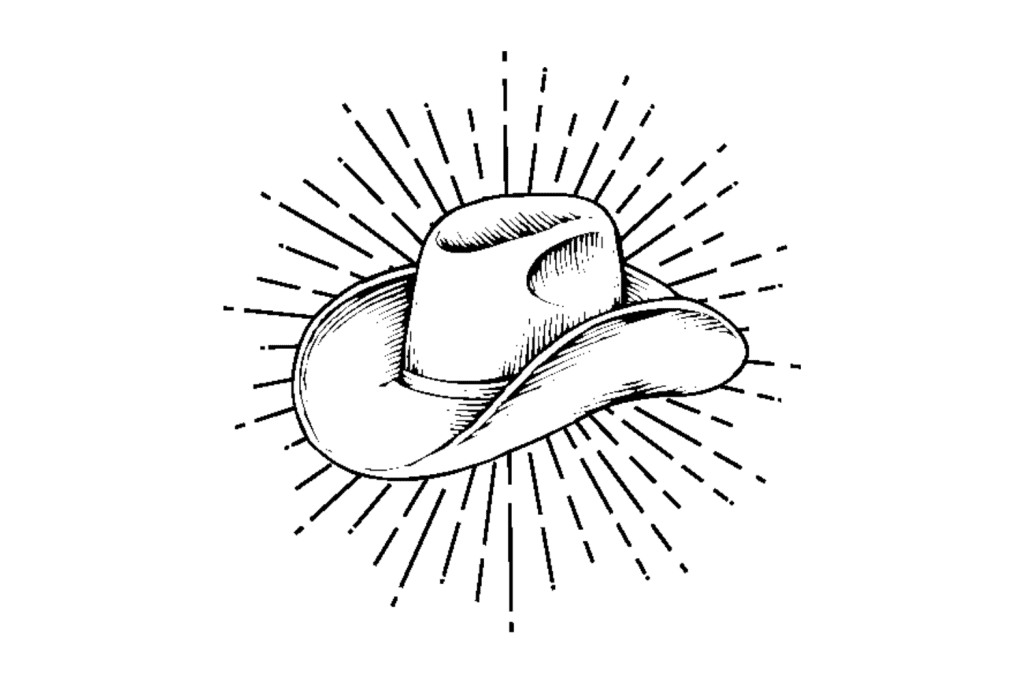
Restrictions on the Proposed New Legislation
The new legislation does come with limitations — perhaps even more than they place on growers. Here are some of the key restrictions that Oklahomans can expect and what they mean for the legal landscape ahead:
Possession Limitations
Unlike growers that have no limitations placed on the amount of cannabis they can produce, consumers have to follow certain guidelines. Namely, consumers possess only one ounce or less of marijuana at a time.
This isn’t abnormal, but it is a frustrating limitation nonetheless. While an ounce may seem like a lot for people who don’t smoke frequently, many consume more than that in a given month.
Sending them back to the dispensary is unnecessary, and they can often purchase their cannabis for less if they buy more than an ounce at a time.
More than this is, as far as the law understands it, an “intent to distribute.”
Home growers
A major win for advocates is the ability to grow cannabis at home. This is a needless regulation placed on consumers in many states where weed is legal, so it’s encouraging to see that not be the case here.
Consumers, under this legislation, can possess up to 6 mature cannabis plants and 6 seedlings. Interestingly, each of these mature plants of which would produce more than a legal quantity of marijuana at each harvest.
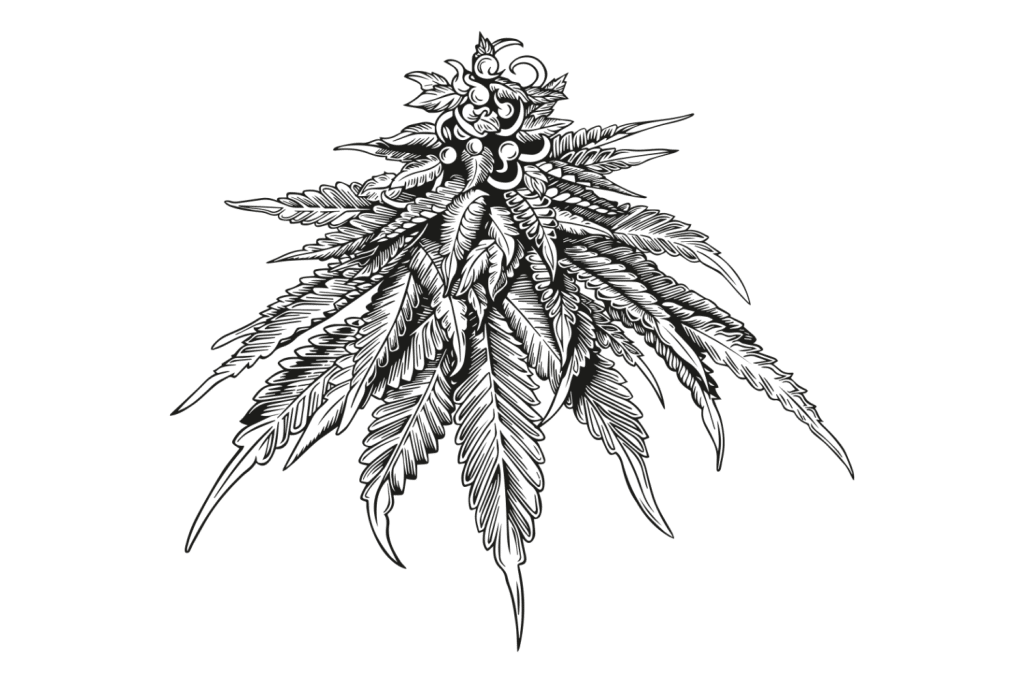
Theoretically, this means that having up to 6 plants is a fully legal activity — until you harvest them!
Employer Responsibility
The language lawmakers use in this proposal is that it will not “require that an employer accommodate conduct permitted by this Act.” This is maybe the single biggest weakness in this proposal and one that keeps cannabis users in the shadows.
Employers can still legally discriminate against their employees that consume cannabis despite it being a legal activity. For cannabis advocates, this marks one of the worst concessions that states put into their proposals.
This rings especially true for states where the population is more conservative, as it’s more likely for employers to take issue with cannabis even if it’s legal. In particular, jobs that pay less and employ mostly lower-to-middle-class people love drug testing even when it has nothing to do with performance.

Enabling that is a further way to continue the classist, racist war on drugs while opening up drug use for the elite.
Marijuana and the Recovery Industry
20% of excess profits (after the amount required to fund the new legislation) will go to rehab and recovery services as a result of this legislation. For years, these institutions and meeting places have undergone a glorification process in the media and public discourse.
To be clear, if an abstinence-only treatment works for you, good! That said, it doesn’t work for the overwhelming majority of people. A large reason for this is the disconnect between substance abuse programs and mental health [2].
Rehab and recovery coalitions have long held a special interest in the criminalization and demonization of weed and other substances. The intense and consuming relationship between addiction and shame means that a substance’s mere prohibition could make it more addictive [3].
While a clear paper trail isn’t present, it does feel as though this provision seeks to appease the rehab and recovery industrial complex. One which, on its best day, is well-intentioned but unhelpful.
On its worst day, institutions functioning as “relapse factories” to sputter out repeat customers blacken the reputation of all trying earnestly to help.
Oklahoma is Blazing Its Own Trail
In all actuality, Oklahoma should be the guidepost for all conservative states. Legalization and broadening of cannabis production should speak directly to conservative values.
In many ways, the conservative government of Oklahoma is putting other states to shame by encouraging the growth of the cannabis industry so much. California doesn’t have the number of growers that Oklahoma has because Oklahoma spoke more to their needs — not the need for taxes and fees.
As weed becomes more widely accepted in America, it’s only a matter of time before Oklahoma becomes our new Amsterdam or Emerald Triangle. Perhaps it’s not fair to compare it to other marijuana markets out there, however, considering it’s clearly not following anyone else’s blueprint.
References
- Jones, J. M. (2019). Conservatives greatly outnumber liberals in 19 US states. Gallup, February 22, 2019.
- Abuse, S., US, M. H. S. A., & Office of the Surgeon General (US. (2016). Health care systems and substance use disorders. In Facing Addiction in America: The Surgeon General’s Report on Alcohol, Drugs, and Health [Internet]. US Department of Health and Human Services.
- Rahim, M., & Patton, R. (2015). The association between shame and substance use in young people: a systematic review. PeerJ, 3, e737.

